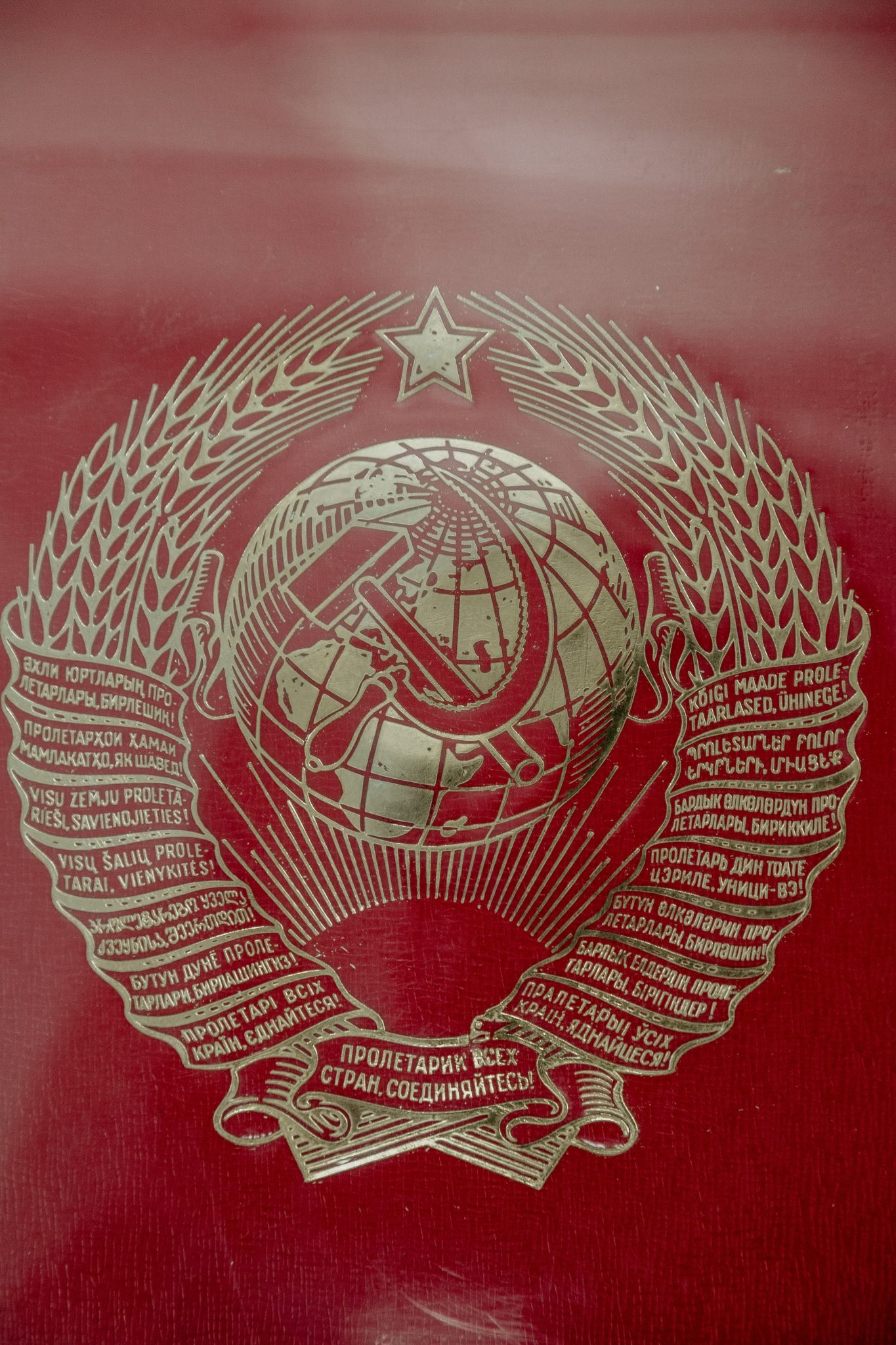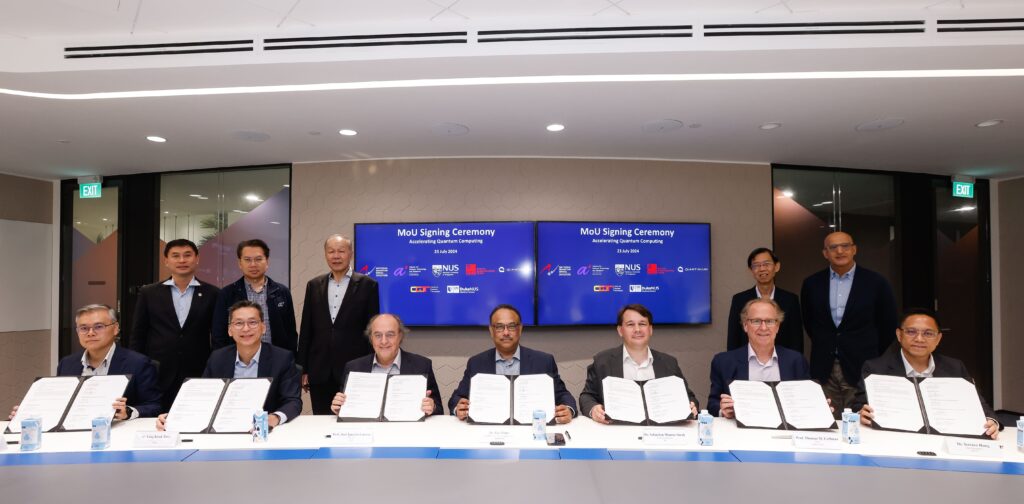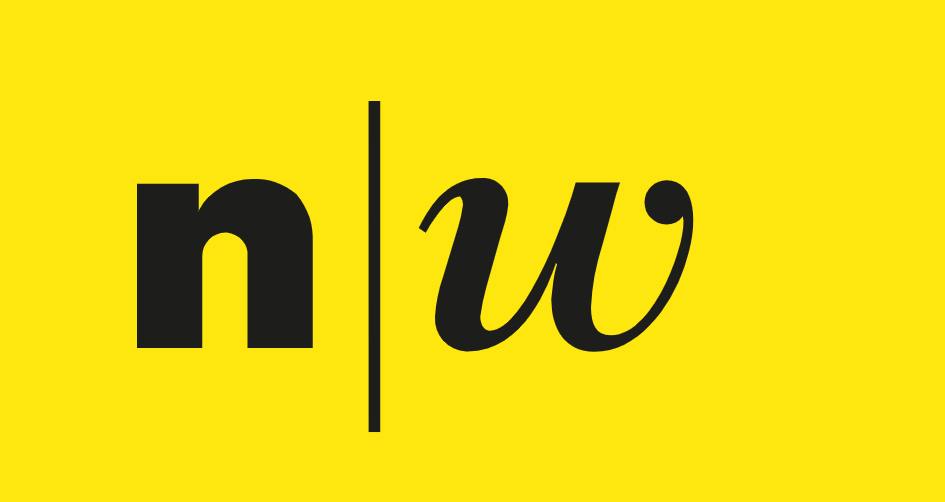1981
It would have been easy to do it, to be lazy, to pick the obvious choice out of the three available — Richard Feynman, that lovely man, that wizard of the quantum zone, of the minute world invisible to us. That true player, the streetwise Jewish kid from Queens who knew, above everyone else, how the mechanics of the very small operated.
But I didn’t. I chose another.
Paul Benioff, unluckily, could have been the one had it not been for Yuri Ivanovich Manin.
It’s 1981. We’re at Caltech. Thick ties and pinstriped suits are all the rage. Flairs, not so much anymore. But glasses are thicked rimmed and Duran Duran’s in the charts, so that’s a plus. Tom Selleck’s iconic mustache in Magnum P.I’s pulling in impressive Nielsen ratings on the TV, too.

The stage is set, then.
‘If you want to make a simulation of nature, you’d better make it quantum mechanical, and by golly it’s a wonderful problem, because it doesn’t look so easy.’
— Richard Feynman
That’s him. The master. The Far Rockaway G.O.A.T.
Manin, however, is a totally different beast to Feynman.
It’s all maths:
St Axiom epitomized.
One and one equals two.
Three thousand BC and Mesopotamian taxation rules.
Yet, the three together, the ’81 quantum squad of Feynman, Manin and Benioff: well, they were a symbiotic team in that they complimented each other. Even if they didn’t know it.
Lathe Operator’s Son
Yuri Ivanovitch Manin was born in 1937 to a lathe operator in Simferopol, Crimea. The Great Purge was still a threat. Stalin ruled the Soviet Union with a paranoia not seen since the days of Ivan the Terrible. Happily, the war to end all wars was still a few years away, though.
Manin’s father, sadly, was killed during the Second World War. Left alone with his mother and grandparents, the young Manin fled his hometown and suffered many hardships because of it, including hunger, cold and deprivation.

Picture of a Soviet soldier from the Second World War — this could have been Manin’s father, KIA
After the war, he returned to Simferopol. It was at this time he began reading voraciously, borrowing books on aeronautics, astronomy and mathematics from libraries and friends. Calculus became a particular favourite. A talented boy, as a teenager he wrote a paper on the number of lattice points in multidimensional ellipsoids.
This was the shape of things to come.
Unbeknown to him, his paper had been submitted to a competition by mathematician Y. L. Kreinin, a professor at the Simferopol Institute. Unfortunately, the paper didn’t win but got second prize. What is more important, however, is the relationship created with Kreinin. Manin considers this man his first real mathematics teacher and a man who showed him the path to the magic of numbers.
Igor Shafarevich
In 1953, Manin was accepted into Moscow University to study mathematics. It was here that he met the man who was to be the guru in his mathematical development, Igor Shafarevich.
After graduating with an undergraduate degree, Manin went to the Steklov Institute of Mathematics, where he gained his doctorate in 1960 under Shafarevich’s guidance. By mid-decade, he was appointed Professor of Algebra at Moscow State University.
His connection to Moscow State University lasted well into the 1990s before his tenure ended and he accepted a job at the Max Planck Institute for Mathematics, Bonn, Germany. It was there that Manin continued his research programs: one in arithmetical algebraic geometry. The other — and why I wrote about him in the first place — in quantum theory.
Groundbreaking Paper
In 1980, he wrote the groundbreaking paper the Computable and uncomputable. This work brought him into contact with physicists from around the world.
And was the catalyst of a quantum avalanche.
You don’t need to know the rest.
But what exactly is this work, this paper, which was equal to Satoshi’s whitepaper of 2008 for the technological impact it was to have?
Well, first of all, the problem goes back to the great Austrian logician Kurt Gödel’s incompleteness theory, which was able to discriminate between computable and non-computable functions. The theory was developed ‘fully’ by our man Feynman in 1982 but had been developed independently by Manin a few years earlier.

Yuri Manin. Source: bctp,uni-bonn.de
Consequent collaboration between Feynman, Manin and the other magnificent hero in The Quantum Computer Story, Paul Benioff, led to David Deutsch, Peter Shor and the rest making breakthroughs into what Rigetti, IonQ and big-boy Google et al are achieving today.
Maths counts a lot in this game. Vectors and linear algebra, how qubits spin, bosons and mesons and all that.
We owe Manin, alongside Feynman and others for it all. They established the maths, the thinking, the discourse behind what became a technological torrent that will, no doubt, give credence to numbers and logic in quantum systems.
And Manin — somewhat of an accidental founder of a technology that will, if the current trends in R&D and investment continue, change the world. He should be lauded for his contribution.




















